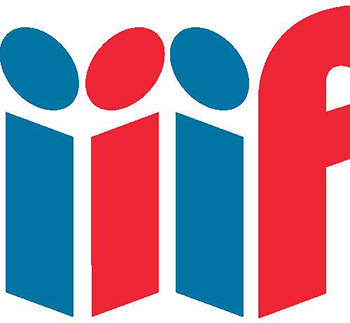May 1, 2024 - August 31, 2024
New Digitised Manuscripts: 707
Number of Added Images: 243.823
New Digitised Manuscripts: 707
Number of Added Images: 243.823
16 Sep 2024
We are very pleased to announce that the project Web Thematic Pathways of Medieval Manuscripts (from the Vatican Collections using International Image Interoperability Framework), is now live. This is the result of a three-year project funded by The Andrew W. Mellon Foundation and carried out in collaboration with Stanford University Libraries. The project aims to demonstrate, among the advantages of the International Image Interoperability Framework (IIIF) for the study of manuscripts, how the annotation level is a fundamental innovation for the analysisof contents: transcriptions, comments, comparative analysis of texts and images.
Over 26,000 annotations created.
17 Oct 2019
The project aims to digitize the entire Library’s collection of manuscripts: 80,000 codices (excluding the archival units) mostly from Middle Age and Humanistic period.
The project, started in 2010, focuses on two purposes: the long-term preservation of high resolution images and the online digital library.
In the light of the importance and the extent of this collection the answer to the basic question “What is to be digitized in priority?” is not so evident. Primarily, the strategic choice has focused on the digitization of ‘unique pieces’, from the collection of Manuscripts, but at the same time, the decision to digitize the manuscripts brought with it different and very important consequences firstly related to the preservation in order to avoid any damages of materials derived from scanning procedure.
Advanced professional scanners were equipped with cradles in order to avoid the opening at 180° of volumes and cameras were equipped with digital backs (50 Mpixel Hasselblad).
The decision if a manuscript can bear the digitization procedure is carefully evaluated. The digitization workflow starts with the description of the conservation status for each volume and ends with a check of conservation status of materials after scanning.
The selection of manuscripts to prioritize in a massive project (about 40 million images) is a very important task: even in a best-case scenario we will need a couple of decades to fulfill our ambitious goal. For this reason a list of priorities on the following criteria has been adopted:
1) Delicacy, fragility, danger of loss of data
2) Importance and preciousness
3) Selections for granted and cooperative projects
4) Scholars’ requests
17 May 2016
 DigiVatLib applies IIIF technologies
DigiVatLib applies IIIF technologies
The implementation of DigiVatLib is based on open standards for metadata and APIs that allow the digital collections to be interoperable. We have adopted the International Image Interoperability Framework, or IIIF set of APIs making digital materials easily accessible and usable for scholars worldwide.
IIIF (International Image Interoperability Framework) has the following goals:
17 May 2016
The digitized manuscripts, selected for the Polonsky Project, are accessible through the DigiVatLib platform and include a full set of information pertaining to descriptive and structural metadata.
One of the main asset of the ‘Digital Vatican Library’ is the The Polonsky Project.
The Bodleian Libraries of the University of Oxford and the Vatican Library have joined efforts in a landmark digitization project with the aim of opening up their repositories of ancient texts. 1.5 million pages from the remarkable collections of the two libraries are freely available online to researchers and to the general public. The digitization project has primarily focused on three main groups of texts: Hebrew manuscripts, Greek manuscripts, and incunabula, or 15th-century printed books. These groups have been chosen for their scholarly importance and for the strength of their collections in both libraries.
The initiative has been made possible by a generous award from the Polonsky Foundation.
Both the Institutions have adopted the International Image Interoperability Framework (IIIF) technologies making the selected digital manuscripts of both collections easily accessible and comparable.
17 May 2016
